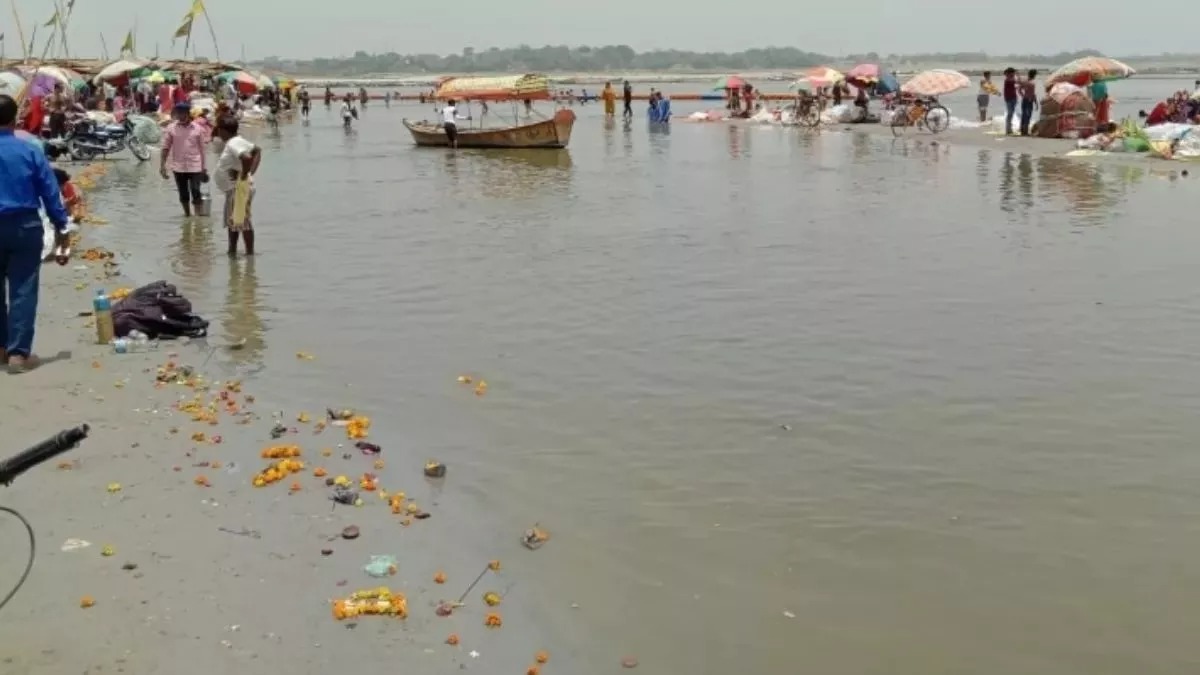
A recent report has revealed a shocking reality about the Ganga cleaning project. Despite years of efforts and significant funding, only half the required work has been completed, and a large portion of the allocated funds remains unspent. The findings raise serious concerns about the effectiveness, transparency, and implementation of the Namami Gange mission, which was launched to restore the holy river.
Key Findings of the Report
The report highlights several critical issues related to the progress of the Ganga cleaning initiative:
- Incomplete Projects – Many sewage treatment plants (STPs) and infrastructure projects meant to reduce pollution remain unfinished.
- Unutilized Funds – A significant portion of the allocated budget has not been spent, slowing down progress.
- Pollution Levels Still High – Despite efforts, industrial waste, untreated sewage, and plastic pollution continue to affect the river.
- Lack of Proper Monitoring – The implementation of projects has been delayed due to poor coordination and oversight.
Why Has the Ganga Cleaning Project Failed to Meet Expectations?
1. Slow Execution of Sewage Treatment Plants (STPs)
One of the key solutions for cleaning the Ganga was the construction of STPs to treat wastewater before it enters the river. However, many of these projects are either delayed or not functioning efficiently, leading to the continued discharge of untreated sewage into the river.
2. Industrial Pollution Continues
Despite strict guidelines, factories and industries along the Ganga still release toxic chemicals and waste into the water. The enforcement of environmental laws remains weak, allowing pollution levels to stay high.
3. Poor Fund Utilization
The government allocated thousands of crores for the project, but a large portion of the funds remains unspent. Delays in project approvals, bureaucratic hurdles, and inefficient execution have prevented the effective use of these funds.
4. Lack of Public Awareness and Participation
Cleaning the Ganga is not just about infrastructure; it also requires public cooperation. Many areas lack awareness programs, leading to continued dumping of plastic, religious offerings, and waste into the river.
5. Unclear Accountability
Several agencies are involved in the Ganga cleaning mission, but lack of coordination and overlapping responsibilities have slowed down progress. No single authority is held fully accountable for delays.
Current State of Ganga – Has Anything Improved?
While there have been some improvements, such as increased treatment capacity and stricter regulations, the overall pollution levels remain high. The report suggests that without faster execution, better fund management, and stronger enforcement, the dream of a clean Ganga may remain unfulfilled.
What Needs to Be Done?
To ensure the success of the Ganga cleaning project, authorities need to:
- Speed up the completion of sewage treatment plants and improve their efficiency.
- Strictly enforce pollution laws against industries dumping waste into the river.
- Ensure full utilization of allocated funds for planned projects.
- Increase public participation and awareness about maintaining cleanliness.
- Establish a single, accountable authority to monitor and manage the project.
--Advertisement--

 Share
Share



